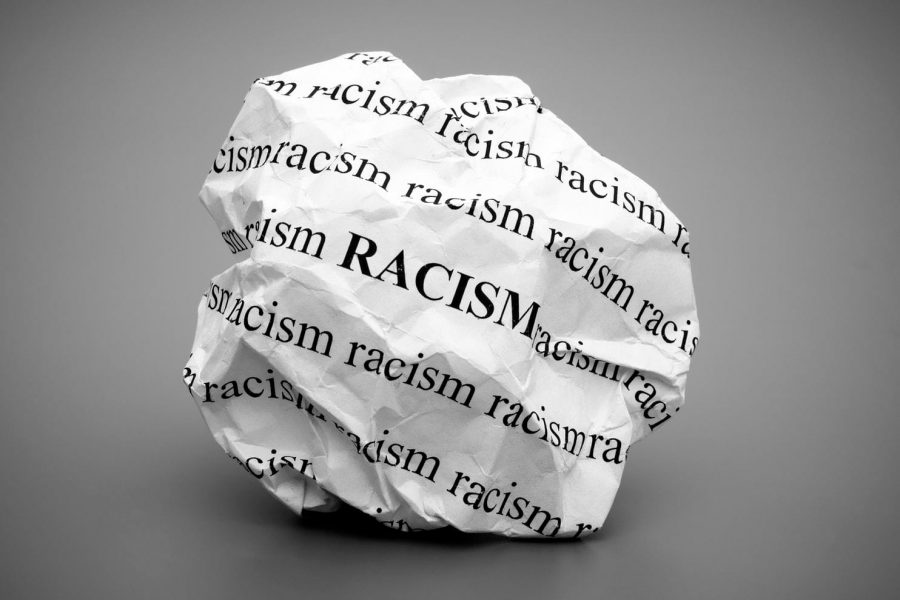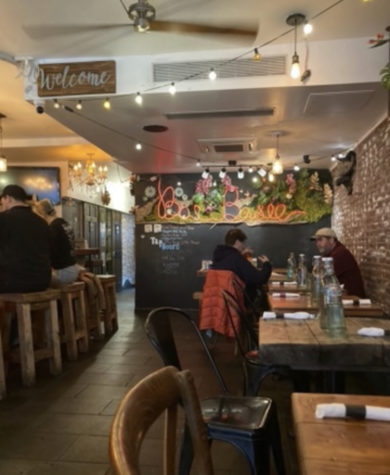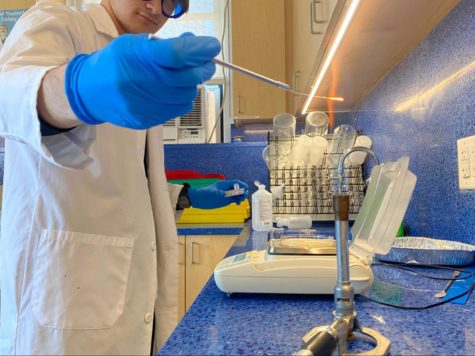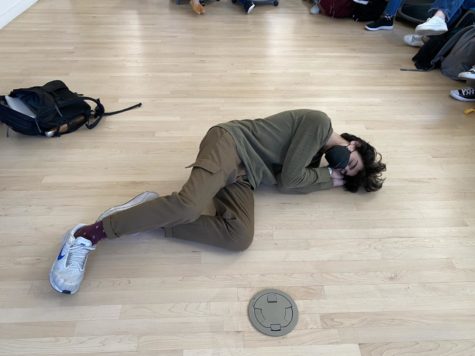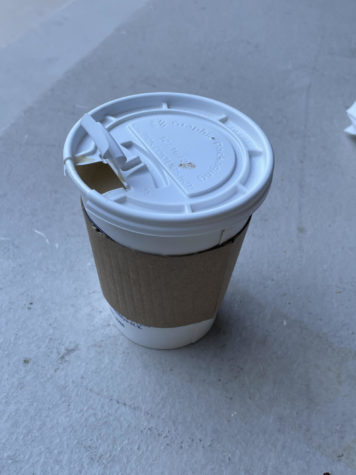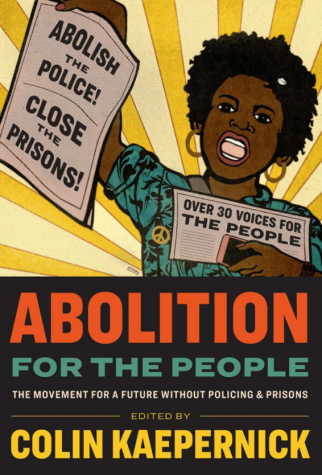Racism in Private Schools Pt. 2: Pandemic Edition
On Monday, May 18th, the school administration discovered that a junior at Berkeley Carroll had posted three hateful Instagram posts with racist (specifically anti-Asian), transphobic, and threatening language. The posts targeted Chinese people specifically, blaming China and those of Chinese heritage for the spread of COVID-19 and even proposing a genocide against them. This student also targeted gender non-conforming people in the posts. After these posts were exposed Ms. Moore and Dr. Waller responded with an email to the entire Upper School and held a Zoom meeting the following day at 2:15 pm. Although this meeting was meant to provide some clarity about the situation, it was still unclear to us what the consequences would be for this student’s actions. The meeting only lasted for about 10 minutes and left us wondering what steps the school would take to address the incident.
In response to the school’s reaction to the former student’s violent remarks, a group of ten students in several different grades, ourselves included, joined together to write an open letter directed at the Berkeley Carroll administration. The nature of this letter was to inform the school’s leadership of students’ concern that the administration was not taking sufficient measures to punish the student. The letter also publicized the worry that the administration was on a path to repeat what we perceived as the passive response to discrimination that occurred last year.
In the open letter, we touched on what specifically about last year’s response to another student’s racist acts of violence bothered us and drew several parallels to the current situation at BC. Most of these remarks were based on how abruptly the Zoom meeting on Tuesday ended, as well as our feelings that the meeting failed to provide clarity or relieve our anxieties regarding the situation. We sent the letter to the administration that same Tuesday afternoon, which resulted in a Zoom meeting the following day consisting of the administration and students who either edited or co-signed the letter. In this meeting, we felt as though the adults in the meeting were reasonably irritated with the letter—especially considering the fact that the letter was written just a day after the administration became aware of the offensive Instagram posts. Although we acknowledge this, we still felt that it was crucial to address the issue and communicate the need for the student in question to face proper consequences.
We also asked our Editor-in-Chief, Moya L. ‘21, if she could share her take on the incident as someone who was in the same grade as the student in question. Moya responded: “I don’t want to speak for the grade as a whole, but from the discussions that I’ve had with fellow students and faculty, I think many of us were frankly blindsided. Personally, as a white student, I realized that there could easily be other students who might express racist beliefs just simmering below the surface, beliefs that have yet to make themselves blatantly known but are there nonetheless. Anyways, this realization raised two questions. First, how can we overhaul the school’s culture to make it a radically more inclusive and safe environment for all students, POC in particular? And second, how can we better educate and intervene before these simmering beliefs come to a boil? Just some food for thought. Also, I know that I was personally very impressed by the discussion that the Class of 2021 has been having. I thought that we addressed the situation with empathy, wisdom, maturity, and composure, and overall, I thought it was one of the most enlightening discussions I’ve had about race at Berkeley Carroll.”
On Wednesday, May 27th, approximately 9 days after the school sent the first email, the Asian-American affinity group—Triple A—sent out a school-wide open letter called AAA Response, addressing how the school responded and ways in which administration and faculty could do better not only for situations of racial discrimination, but curriculum-wise as well. We think that it is an extremely well-written and concise letter that articulates how AAA specifically feels now and what is required in order for change to happen.
After the publication of the letter, Ms. Moore and Dr. Waller met with those involved in writing the letter in a Zoom meeting to discuss the letter. According to Amna T. ‘22, the administrators received and analyzed the open letter with—for lack of better words—what we interpreted as a victim mindset that hindered their ability to see all the potential for change expressed in the letter. In a text message, Amna says: “It’s about time admin realize that we as POC students are not attacking them as people, but rather critiquing the flawed system they’re enabling by not being transparent with us and focusing on their own feelings rather than ours. We as the students are facing this head on and rather than acknowledging our feelings, [they] focus [on] and solely address [their] own. That invalidates ours and we should not feel [guilty] for speaking up and writing a letter that even specified we were coming from a place of love for the BC community – Including the Admin.”
As co-authors of the previous open letter, we agree with what Amna wrote—there is definitely some room for improvement in terms of the administration’s approach to constructive feedback. While the school administration is not required to accept or agree with all of our suggestions, we should still feel confident that they will consider our feelings and concerns to the best of their ability (instead of feeling in the wrong for voicing our opinions). In that same light, we can also understand the administration’s frustration at this time. Both letters were not written with the intent to attack any member of the administration, but to ask them to do better instead.
However, it’s nonetheless impossible for us to speak on discrimination and what we can do better if we don’t look back and analyze our past mistakes. The intentions of the letters were not to personally attack any member of the administration, but to simply request that they do better as a whole. As black students at Berkeley Carroll, we can say that every time we saw Dr. Waller walking in the hallways and making announcements at morning meetings, we felt a glowing pride and happiness for her presence. It means so much that we all get to have a black woman lead our school and we are thrilled about what she has accomplished and what she will accomplish in the years ahead. And that goes for all of the faculty in Berkeley Carroll (especially the people of color). Thank you for all that you do and we are asking all of you to do better.
Despite this, there’s much to be said about why these incidents keep happening at Berkeley Carroll. Of course, in a school that was founded in 1886, you can kind of expect there to be racist ideologies—this school was made for white people, by white people. Thus, the addition of students and faculty from various ethnic, racial, and religious backgrounds requires more safe spaces and conversations that are difficult, but necessary, to have. However, as previously stated, this keeps happening and we continue having repetitive conversations that end with unchanging results; whenever it’s a heritage month, we have one or two discussions and forget about them immediately after. Something has got to give if we want to break this cycle.
In rereading Asa’s original article on Racism in Private Schools, it saddens us that we can draw so many parallels from this situation to what happened last year. It’s a never-ending cycle and in times like these, we begin to feel hopeless. In the words of Samantha R. ‘22, “After the meeting with administration I was overwhelmed and our grade meeting the next day didn’t make things better. As someone who contributed to the Open Letter, I feel strongly about the racism that has been happening at BC for so long, even before I started going here. I noticed that the response to the letter was a lot stronger than the response to the extremely violent, hurtful words in the Instagram post of the student in question. Basically it felt like a slap in the face to all the students who contributed and to all the students who were hurt by those posts. We continue to say, ‘oh we need to have these conversations,’ and ‘these are important topics to discuss in the future,’ but we have yet to create a plan of when those conversations will happen, what they will look like, and how everyone can get involved. (And when I say everyone I mean the white students as well.) Acknowledging the problem is only the first step but until we actually take action, there is no change and I truly believe there has been little progress made after the countless micro and macro aggressions of the past years at BC. The administration has to act as better allies for the marginalized groups within BC especially the POC.”
In closing, we hope that this article provides some insight into how we are processing all that has recently transpired at Berkeley Carroll. Although we’ve had some occasional conversations about race, we must keep in mind that the conversation doesn’t end here. If we truly want to see change, we need to remember that repetition is key. We need to continue talking and thinking about race, privilege, allyship, and ways that we all can contribute to these discussions (and effect change both inside and outside of our communities). By doing so, we can foster a more inclusive BC community and ensure that everyone, regardless of race or ethnicity, feels safe at school and has a seat at the table.

